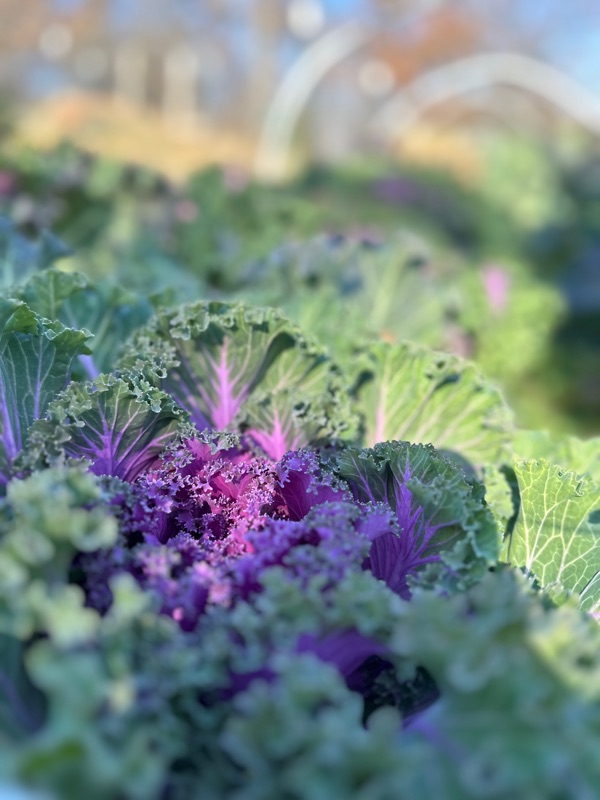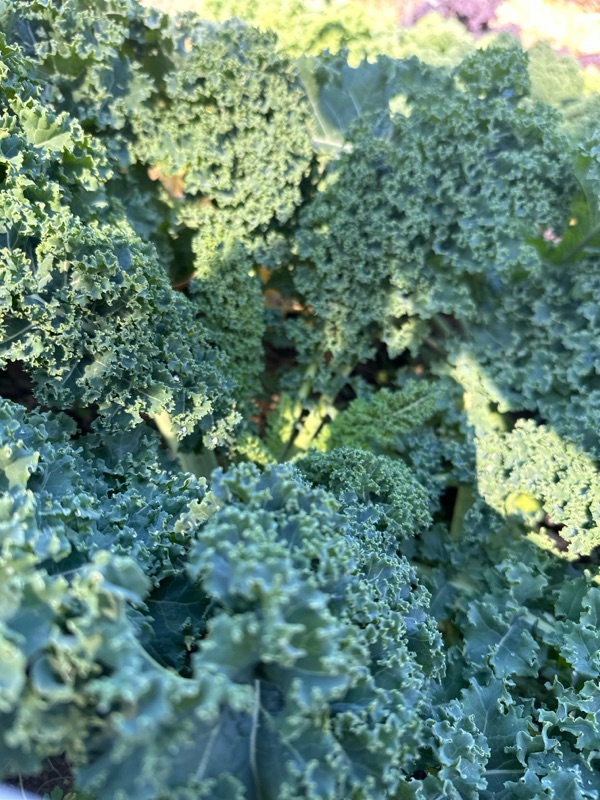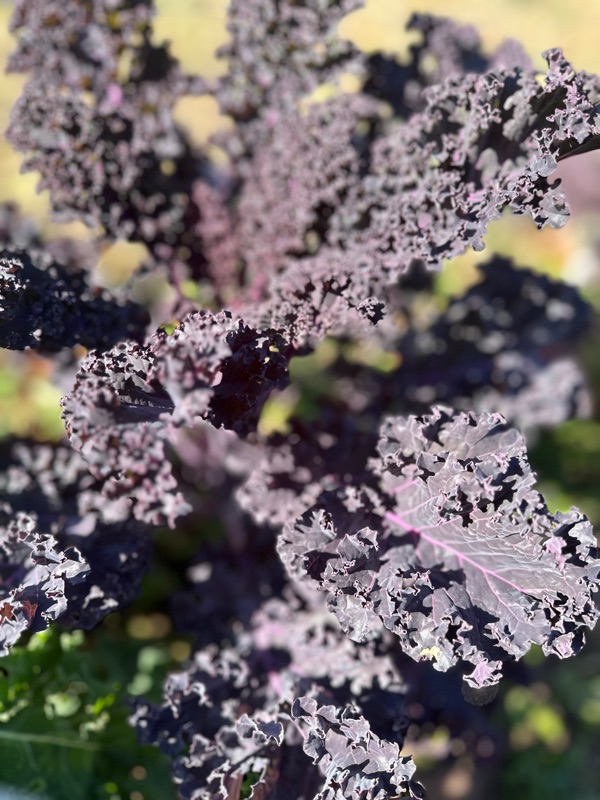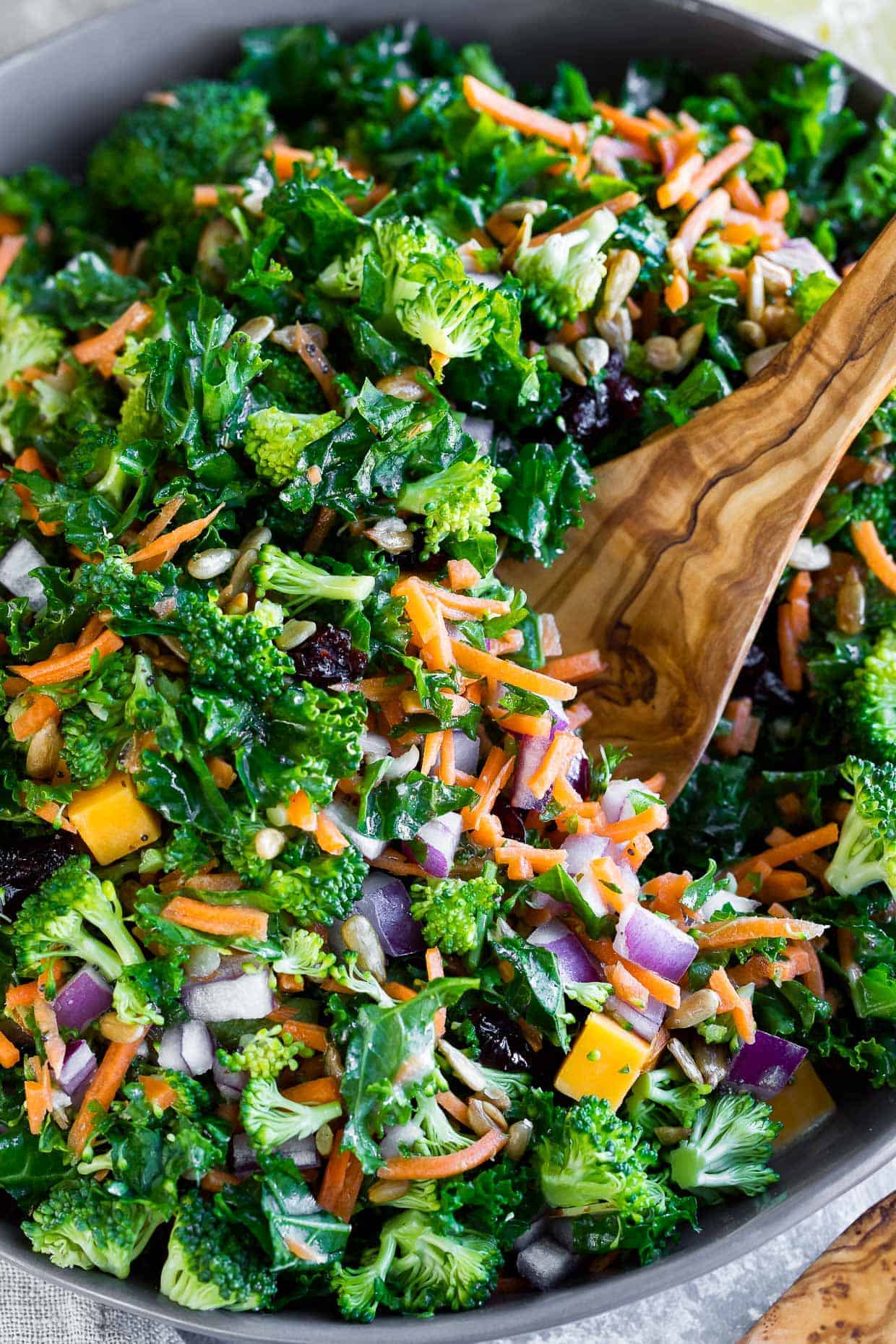Kale: The Leafy Green Superhero in Your Garden and Kitchen 🥬🍂
If you stop by Timber Lake Bluff this season, you’ll find my gardens bursting with kale—Japanese flowering kale, scarlet kale, blue curled vates kale, and dwarf blue curled scotch kale, to be exact! Kale isn’t just another leafy green; it’s a powerhouse of nutrition, versatility, and flavor. Whether you’re a health nut, a foodie, or someone just looking for ways to use up your garden haul, kale has something for everyone. Let me tell you why I absolutely love growing, cooking, and sharing this superfood with you.
The Health Benefits of Kale: Why It Deserves Superfood Status
Kale is more than just trendy—it’s a nutritional goldmine. Here’s why it’s earned its place as a superfood:
- Nutrient-Dense: Kale is loaded with Vitamins A, C, and K. Just one cup of raw kale provides:
- 206% of your daily Vitamin A (goodbye, carrots!),
- 134% of your daily Vitamin C,
- 684% of your daily Vitamin K (bone health superstar!).
- Antioxidant-Rich: Kale is packed with powerful antioxidants like quercetin and kaempferol, which help fight inflammation and protect against chronic diseases.
- Low in Calories, High in Fiber: Kale has only about 33 calories per cup, but it’s loaded with fiber to keep you feeling full and satisfied.
- Heart-Healthy: Thanks to its potassium, fiber, and antioxidants, kale helps support a healthy heart.
- Detox and Digest: Kale supports liver health and digestion with its high sulfur and fiber content, which help your body flush out toxins.
The Kale Rainbow in My Gardens
One of the reasons I love growing kale is the sheer variety it offers. Each type has its own personality and beauty:
- Japanese Flowering Kale: This one’s a stunner, with ornamental leaves in shades of purple, green, and white. While it’s mostly decorative, you can eat it too—just treat it like regular kale.
- Scarlet Kale: With its gorgeous deep purple leaves, scarlet kale adds a bold pop of color to your plate and garden. Bonus: It’s packed with even more antioxidants than green kale!
- Blue Curled Vates Kale: This classic, frilly kale is tender and perfect for soups, salads, or sautéing.
- Dwarf Blue Curled Scotch Kale: A compact variety with tightly curled leaves that are sweet, tender, and perfect for containers or smaller spaces.
Kale in the Kitchen: Endless Possibilities
Kale’s versatility makes it a dream in the kitchen. Here are just a few ideas to inspire your next meal:
- Raw in Salads: Massage kale leaves with olive oil and lemon juice to soften them, then toss with cranberries, goat cheese, and candied pecans for a festive winter salad.
- Sautéed with Garlic: A simple side dish that goes with almost anything—sauté kale with olive oil, garlic, and a pinch of red pepper flakes for a quick and flavorful dish.
- Smoothies: Add a handful of kale to your morning smoothie for a nutrient boost. It pairs beautifully with pineapple, banana, and a dollop of Greek yogurt.
- Chips: Massage kale with olive oil and sea salt, then bake at 350°F for 10-15 minutes for crispy, healthy kale chips.
- Soups and Stews: Kale holds up beautifully in hearty soups, which brings me to my favorite recipe of all time…
Copycat Olive Garden Zuppa Toscana with Kale (Plus a Turkey Twist!) 🍲
This soup is the ultimate comfort food—creamy, savory, and loaded with flavor. It’s perfect for using up a garden haul of kale, and after the holidays, I love throwing in leftover turkey for a delicious twist.
Ingredients:
- 1 lb Italian sausage (spicy or mild, your call!)
- 1 medium onion, diced
- 3 cloves garlic, minced
- 4 cups chicken or turkey stock
- 3-4 medium russet potatoes, sliced thin
- 4 cups fresh kale, stems removed and chopped
- 1 cup heavy cream
- ½ tsp red pepper flakes (optional)
- Salt and pepper to taste
- Optional: 1-2 cups cooked turkey, shredded (for that post-holiday magic)
Instructions:
- Brown the Sausage: In a large pot, cook the Italian sausage over medium heat until browned. Remove and set aside.
- Sauté Aromatics: In the same pot, sauté the onion and garlic until fragrant and softened, about 3-4 minutes.
- Add Broth and Potatoes: Pour in the stock, scraping up any browned bits from the bottom of the pot. Add the potatoes and simmer until tender, about 15 minutes.
- Stir in Kale and Sausage: Return the sausage to the pot, along with the chopped kale. If you’re adding turkey, toss it in now too.
- Finish with Cream: Stir in the heavy cream and simmer for another 5 minutes. Season with salt, pepper, and red pepper flakes to taste.
- Serve and Enjoy: Ladle into bowls and serve with crusty bread for dipping. Trust me, you’ll go back for seconds (or thirds).
Composting Kale Scraps: Closing the Loop
Don’t forget—any parts of the kale you don’t eat (like stems or scraps) should go straight into your compost pile. Building nutrient-rich compost is an essential part of sustainable gardening, and it ensures that nothing goes to waste. Those stems and leaves will break down and help grow your next batch of nutrient-dense produce!
Visit Timber Lake Bluff for Fresh Kale and More
If you’re craving kale after reading this, come visit Timber Lake Bluff! We’ve got fresh Japanese flowering kale, scarlet kale, blue curled vates kale, and dwarf blue curled scotch kale available now. Whether you’re cooking up a cozy fall soup, whipping up a salad, or making kale chips, we’ve got you covered.
Stop by our porch pick-up farm stand, or give us a call to reserve your greens. I can’t wait to share this bounty with you and hear about how you’re using kale in your own kitchen.
Final Thoughts
Kale is more than just a superfood—it’s a way to connect with your garden, nourish your body, and create meals that bring family and friends together. Whether you’re planting it, picking it, or preparing it, this leafy green deserves a spot in your garden and on your table.
Happy cooking, friends! 🥬🍲







